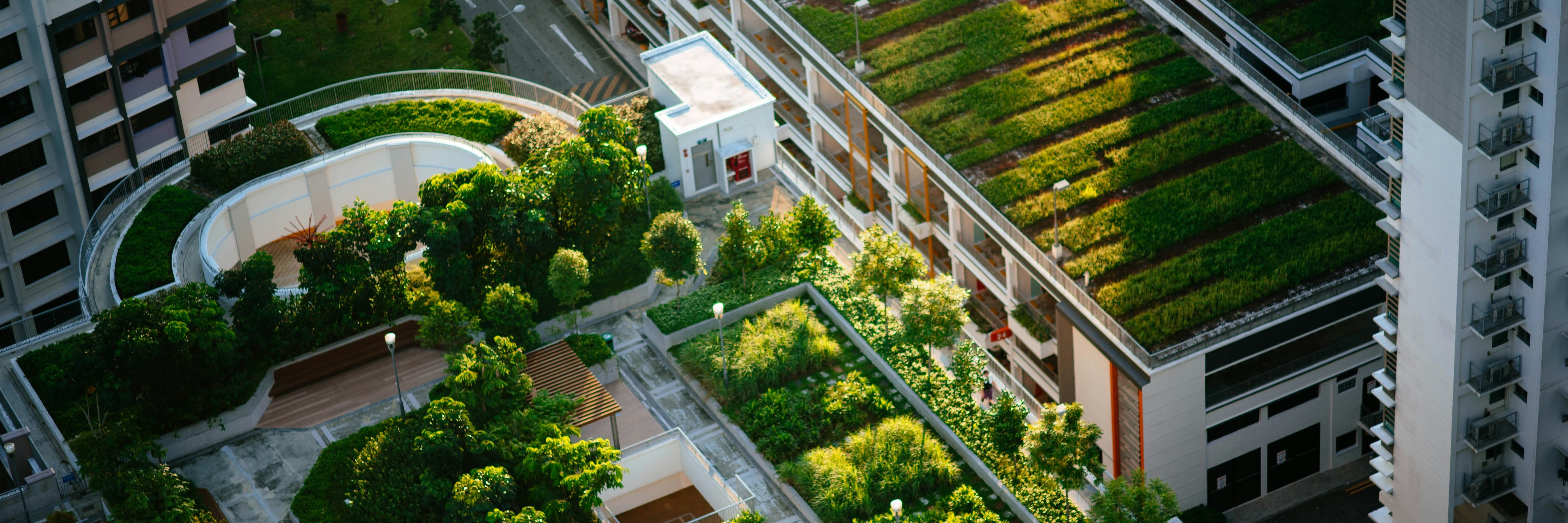
An Energy System for an Energy Plus Residential Area
Green Residential Area
This project aimed to develop an optimized energy model for a sustainable residential community. The project explored various scenarios to balance energy efficiency with renewable energy integration, focusing on heating, cooling, and electricity demands. It analyzed how different building types, insulation standards, and renewable energy sources like photovoltaic (PV) systems could impact energy use.
Detailed consumption profiles for electricity, heating, and hot water were generated through simulations, creating time-resolved power consumption and generation profiles for a thorough analysis of the community’s energy needs. Beyond matching energy use with production, the project investigated how energy storage and demand-side management could maximize self-consumption and reduce grid dependence. Adjusting energy use, such as shifting tasks to periods of high PV generation, helped align demand with production.
Energy storage for electricity and heat, along with combined heat and power (CHP) units, were also explored to further reduce energy imports and ensure a stable power supply for the community. The simulations provided valuable insights into varying input parameters, helping to design a flexible system that can adapt to weather fluctuations or different energy demands.
Overall, the project demonstrates how smart energy planning, renewable energy, and storage solutions can create efficient, self-sustaining residential areas that contribute significantly to the energy transition.